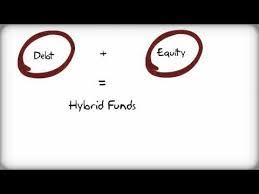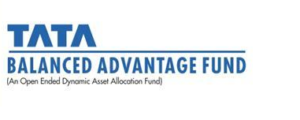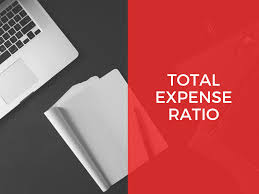A Hybrid Mutual Fund scheme is an investment option that ensures investment in a proper mix of equity and debt funds. It is a combo offer of investment in equity and debt. The major characteristic of hybrid fund is diversification among two or more asset classes. Because of this feature, hybrid funds are also called asset allocation funds.
Securities and Exchange Board of India (SEBI), the regulator of mutual funds in India vide its circular SEBI/HO/IMD/DF3/CIR/P/2017/114 dated October 6, 2017, redefined the characteristics and norms of all mutual fund schemes to ensure uniformity in the features of similar schemes launched by different mutual fund houses. The revised norms are announced to ensure convenience to the investor to evaluate features and returns of different schemes to take informed investment decision.
Hybrid Fund Scheme- What is it?
A debt fund scheme invests predominantly in debt instruments to ensure safety, liquidity and steady income while an equity fund scheme invests in equities with focus on capital appreciation. There are investors who are ready to take moderate risk. Hybrid funds follow a moderate strategy for risk and return in investment. The hybrid mutual fund scheme ensures safety, liquidity and capital appreciation with moderate risk by investing a portion of fund in debt and remaining portion in equity.

Indian mutual fund industry offers variety of hybrid funds. Some schemes invest in two assets, viz., equity and debt, or gold and debt. Some other schemes invest in equity, debt and gold. Hybrid funds that invest in equity and debt classes are more popular. An investor can select from different schemes in accordance with the objective, risk appetite and time horizon. It may be noted that different hybrid fund schemes follow different strategies for asset allocation and investment.
Hybrid Fund Scheme – Norms for scheme categorization and their characteristics
The revised norms for scheme categories under hybrid mutual fund scheme and the characteristics are as shown below:
|
Sl No |
Category of hybrid fund |
Scheme Characteristics |
Hybrid fund scheme feature description |
|
1 |
Conservative Hybrid Fund
|
Investment in equity and equity related instruments: 10% – 25% of total assets; Investment in Debt instruments- 75% -90% of total assets |
An open ended hybrid scheme investing predominantly in debt instruments
|
|
2 |
Balanced Hybrid Fund @
|
Equity and equity related instruments- 40% – 60% of total assets; Debt instruments- 40% – 60% of total assets No Arbitrage allowed in this scheme |
An open ended balanced scheme investing in equity and debt instruments, without any arbitrage permission 3 |
|
3 |
Aggressive Hybrid Fund @
|
Equity and equity related instruments- 65%- 80% of total assets; Debt instruments- 20% – 35% of total assets |
An open ended hybrid scheme investing predominantly in equity and equity related instruments |
|
|
@ Mutual Funds will be permitted to offer either an Aggressive Hybrid fund or Balanced fund |
||
|
4 |
Dynamic Asset Allocation or Balanced Advantage |
Investment in equity or debt that is managed dynamically |
An open ended dynamic asset allocation fund
|
|
5 |
Multi Asset Allocation ##
|
Invests in at least three asset classes with a minimum allocation of at least 10% each in all three asset classes
|
An open ended scheme investing in three different asset classes |
|
|
## Foreign securities will not be treated as a separate asset class |
||
|
6 |
Arbitrage Fund |
Scheme following arbitrage strategy. Minimum investment in equity & equity related instruments- 65% of total assets |
An open ended scheme investing in arbitrage opportunities
|
|
7 |
Equity Savings |
Minimum investment in equity & equity related instruments- 65% of total assets and minimum investment in debt- 10% of total assets Minimum hedged & unhedged to be stated. Asset Allocation under defensive considerations may also be stated in the Offer Document |
An open ended scheme investing in equity, arbitrage and debt
|





Be First to Comment